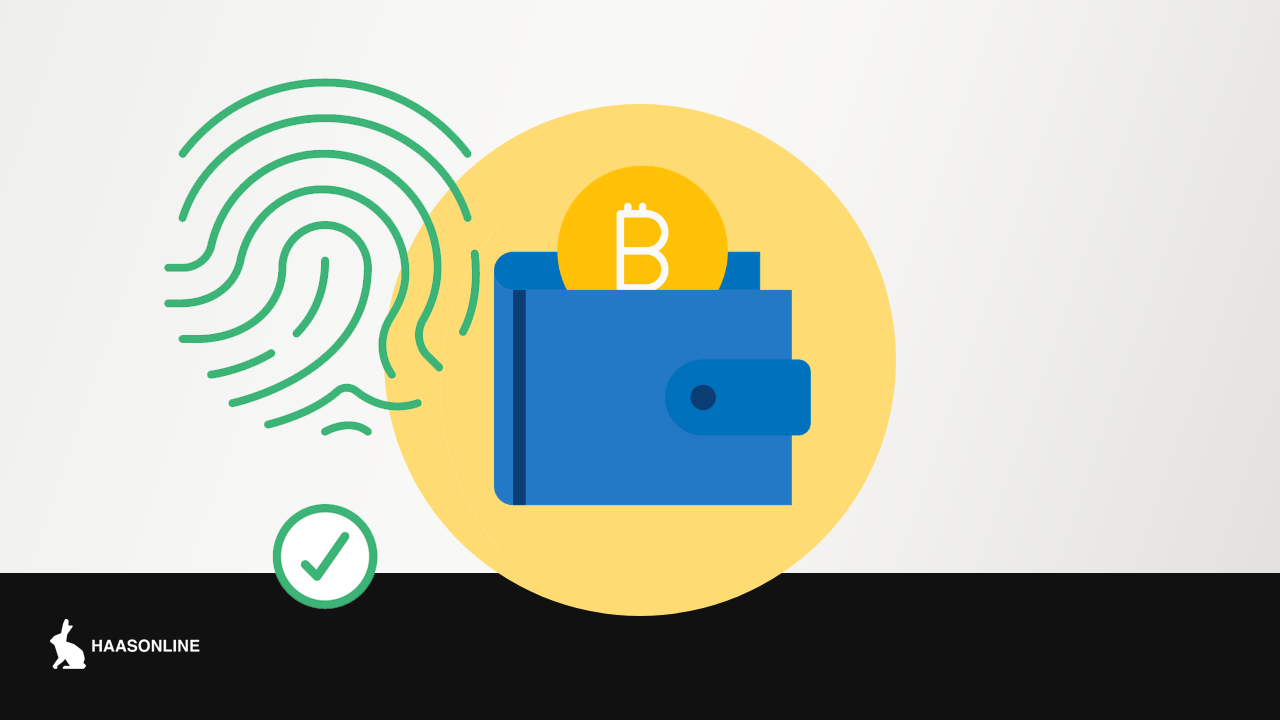Table of contents
What are Crypto Dust Attacks and How Do They Work?
Crypto dust attacks, also known as dusting attacks, are a type of malicious activity in the world of cryptocurrencies. They involve the distribution of minuscule amounts of cryptocurrency (the “dust”) to a large number of addresses. The purpose of these attacks is not to steal funds, but to compromise the privacy of the users and potentially launch more targeted attacks in the future.
Address Identification
The first step in a dusting attack is the identification of active addresses. Attackers often target addresses that are frequently used for transactions, as these are more likely to have a higher balance and activity level.
Dust Distribution
Once the addresses are identified, the attacker distributes small amounts of cryptocurrency to these addresses. The amounts are usually so small that they often go unnoticed by the users.
Address Linkage
After distributing the dust, the attacker waits for the users to move their funds. When the dust is moved along with the user’s funds, it allows the attacker to link together multiple addresses, thereby mapping the user’s transaction activity.
Behavioral Analysis
By analyzing the transaction patterns, the attacker can gain insights into the user’s behavior and preferences. This information can be used for various purposes, including targeted phishing attacks and other forms of exploitation.
Potential Exploitation
Once the attacker has enough information, they can launch more targeted attacks. These could include phishing attacks, ransomware attacks, or even physical attacks if the user’s identity and location can be determined.
The Purpose of Crypto Dust Attacks
Crypto dust attacks are a unique type of threat in the blockchain and cryptocurrency landscape. These attacks typically involve the distribution of minuscule amounts of cryptocurrency, referred to as ‘dust’, to numerous addresses within a network. The intention behind a dust attack can vary. In some instances, attackers aim to exploit the privacy of users, tracking transactions and potentially identifying personal information. In other scenarios, dusting attacks may serve as a sort of spam campaign or a precursor to other forms of cyberattacks. Regardless of the intent, dust attacks can disrupt normal operations and present significant privacy concerns for users within a blockchain network. Understanding the purpose of such attacks is crucial for devising effective countermeasures and maintaining the integrity of blockchain systems.
Compromising Privacy
The primary purpose of dusting attacks is to compromise the privacy of cryptocurrency users. By linking together multiple addresses, attackers can map out a user’s entire transaction history, thereby violating their privacy.
Data Collection for Future Attacks
The data collected from dusting attacks can be used to launch more targeted and effective attacks in the future. For instance, if an attacker knows that a user frequently transacts with a particular service, they could create a phishing website that mimics that service to trick the user into revealing their private keys.
De-anonymization and Targeted Attacks
In some cases, dusting attacks can lead to de-anonymization, where the identity of the user is revealed. This could potentially lead to targeted attacks, both online and offline.
Reputation Damage
Dusting attacks can also be used to damage the reputation of a particular cryptocurrency or service. By demonstrating that the privacy of users can be easily compromised, attackers can deter potential users and damage the reputation of the service.
Protection Against Crypto Dust Attacks
Exercise Caution
The first step in protecting against dusting attacks is to exercise caution when transacting in cryptocurrencies. Be aware of the risks and take steps to protect your privacy, such as using new addresses for each transaction.
Utilize Hierarchical Deterministic (HD) Wallets
HD wallets can generate a hierarchical tree-like structure of private/public addresses (or keys), which can help protect against dusting attacks. By using a new address for each transaction, it becomes much harder for an attacker to link your transactions together.
Regularly consolidate funds
Regularly consolidating your funds can make it harder for an attacker to track your transactions. By moving your funds around, you can disrupt the attacker’s ability to map out your transaction history.
Embrace privacy-focused cryptocurrencies
Some cryptocurrencies are designed with privacy in mind, such as Monero and Zcash. These cryptocurrencies use various techniques to hide the transaction history of users, making them more resistant to dusting attacks
Implement enhanced security measures
Implementing enhanced security measures such as two-factor authentication, strong passwords, and secure wallets can also help protect against dusting attacks.
Educate yourself
Finally, educating yourself about the latest threats and staying updated with the latest security practices can go a long way in protecting against dusting attacks.
Conclusion
Crypto dust attacks are a growing threat in the world of cryptocurrencies. They involve the distribution of minuscule amounts of cryptocurrency to a large number of addresses with the aim of compromising user privacy and launching more targeted attacks. While these attacks can be quite sophisticated, there are several measures that users can take to protect themselves. These include exercising caution when transacting in cryptocurrencies, using HD wallets, regularly consolidating funds, embracing privacy-focused cryptocurrencies, implementing enhanced security measures, and staying educated about the latest threats.
References
- “What is a Dusting Attack?” Binance Academy, 2023. Link
- “Dusting Attacks” HaasOnline Academy, 2023. Link
- “Crypto Dusting.” CipherTrace, 2023. Link
- Liu, Zehua, et al. “A Survey on Ethereum Systems Security: Vulnerabilities, Attacks and Defenses.” Applied Sciences, vol. 9, no. 9, 2019, p. 1788. Link
- Li, Wenbo, et al. “A Survey on the Security of Blockchain Systems.” IEEE Access, vol. 8, 2020, pp. 72318-72350. Link



